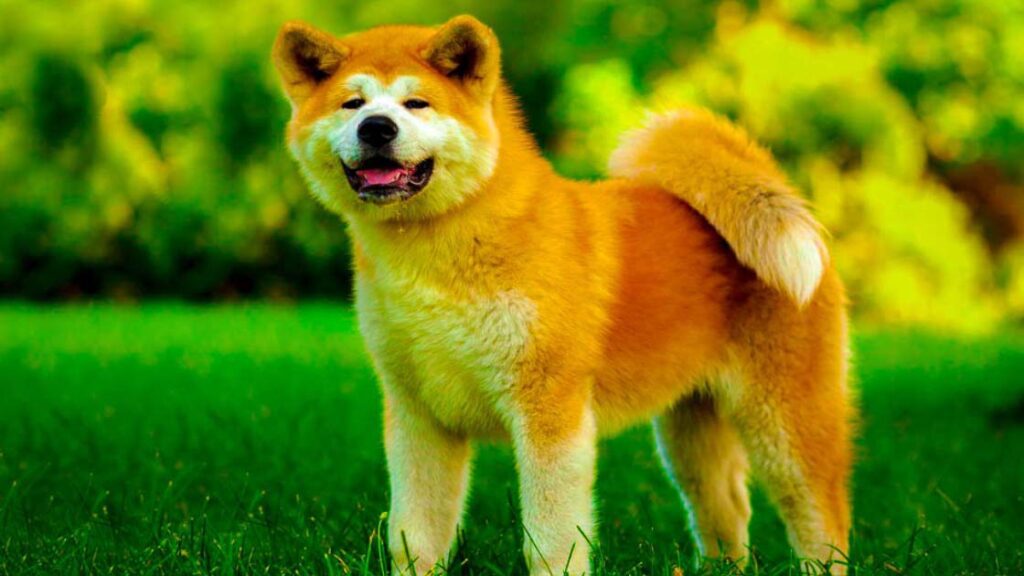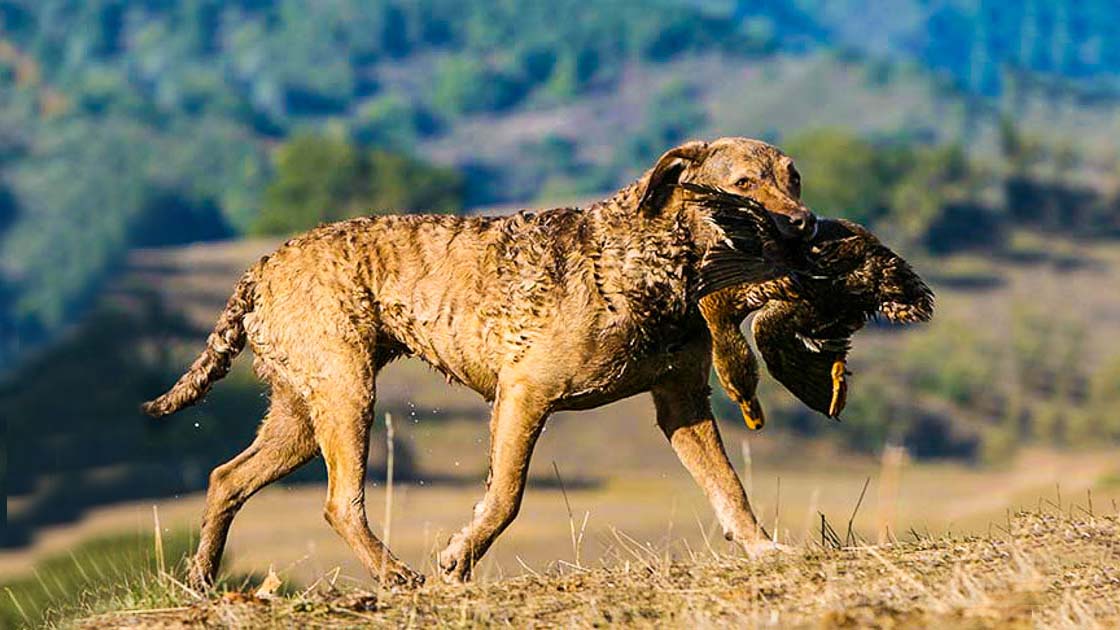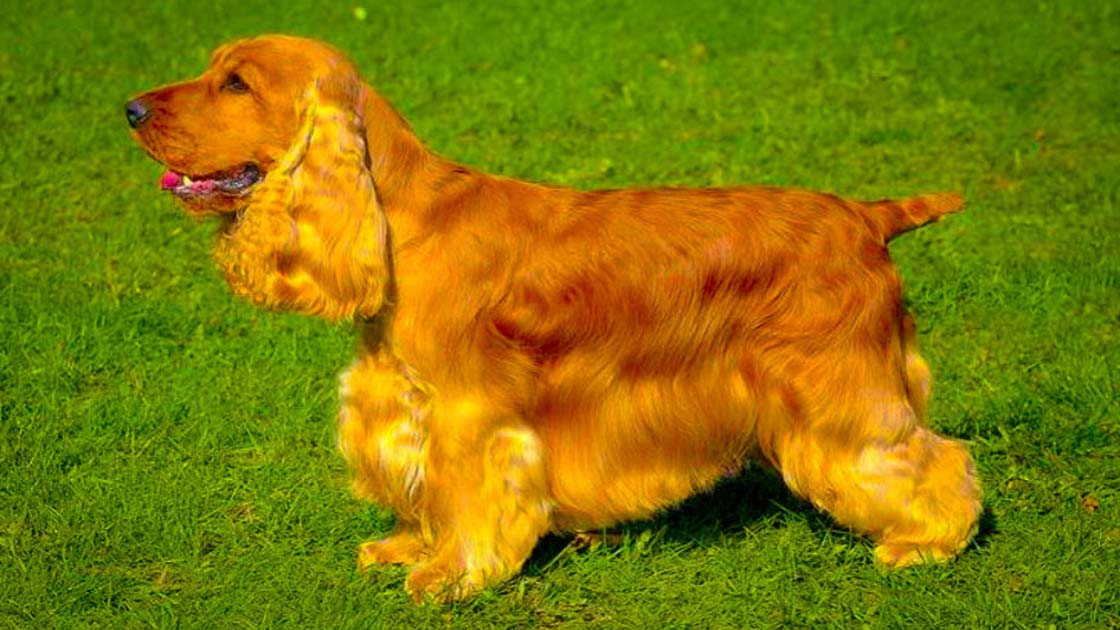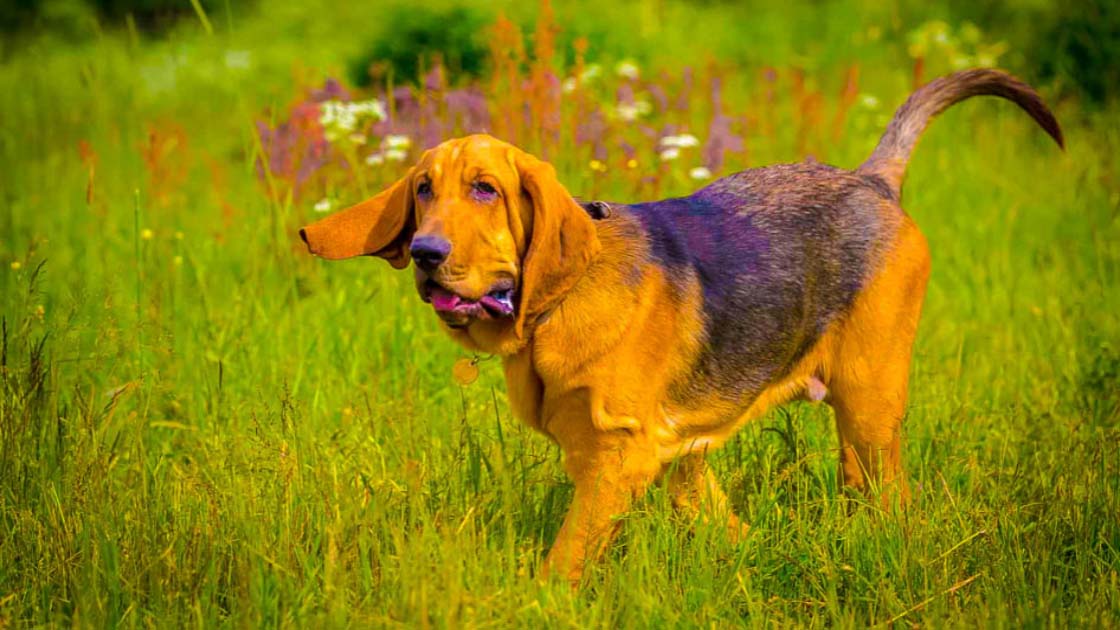Akita
Origin: Japan
Popularity Rank: 47 Since 2020
Life Span: 10-14 years
Color: Akita dogs are available in black, red, chocolate, cream, dilute red (fawn), dilute blue (lilac), with tan points, black and white, dilute and white, or red and white, or “Tri” -solid red or black, with white markings, normally with brown points, or “Tri” -solid red or black, with white markings, normally with brown points, or “Tri” -solid red or black, with white markings, normally Ginger, red, brindle white, and sable all have white fur on the dog’s ventral parts (genetics variants can include black and grey).
Size: Large in size
Height: The Akita height is 13-24 inches (46-60 cm).
Breed Group: The “Akita dog” belongs to the working group.
Pricing: Akita price ranges are from $1000 – $2500.
Weight: The “Akita weight” of a male dog breed is 100 to 130 Ibs and the female dog’s weight is 70 to 100 Ibs.
Akita Dog History
The “Akita” is a breed of Japanese dog named for the Akita prefecture that originated in the mountains of northern Japan.
Origins
The “Akita dog breed” received its name after the Akita Prefecture in northern Japan, where it first appeared. People consider it as one of Japan’s oldest and most historic dog breeds.
Ancient Roots
Japan’s native Ainu people utilized the Matagi-Inu, a breed of hunting dog, which is said to be the ancestor of the Akita. They highly regarded these canines for their hunting prowess, bravery, and devotion.
Samurai Dogs
During the feudal era in Japan (1603–1868), the samurai, the noble warrior class, highly regarded and connected the Akita breed with themselves. They kept the Akita breed as guard dogs, hunting dogs, and emblems of status and prestige.
Hachiko
Hachiko, an early 20th-century Akita, is one of the most well-known Akitas in history. After diligently waiting for his departed owner at a train station every day for almost ten years, Hachiko came to represent loyalty and devotion. Many people were moved by his narrative, which brought him fame on a national and worldwide scale.
The Second World War and Preservation Efforts: Like many other dog breeds, Akitas endured hardships during the Second World War. For military objectives, the government ordered the confiscation of canines, which led to interbreeding with other breeds. Breed enthusiasts worked hard to revive and protect the purebred Akita bloodline after the war.
Akitas are divided into two types: American and Japanese. These two types have existed separately for some time. The larger and more robust dog was the American Akita, created by mating Akitas with other breeds, including Mastiffs and German Shepherds. With a more foxlike face and slightly smaller physique, the Japanese Akita resembled the original Japanese breed more.
Recognition
The American Kennel Club (AKC) recognized the Akita breed in 1972, while the Japan Kennel Club (JKC) designated the breed as a national monument in 1931.
Akita Dog Qualities
The Akita is a breed that is powerful, self-reliant, and domineering. They are reserved among strangers but friendly and devoted to their families. Akitas are a resilient breed in general. Historically, they are guard dogs, fighting dogs, and bear hunters. This dog breed can reach heights of 24 to 28 inches. In the mountainous regions of Japan, they are employed as hounds to chase big game, including bears.
In addition, they make great companions and home dogs. Matagi used the ancestors of the Akita as hunters. Akitas are renowned as highly silent dogs who only bark when something is worth barking about.
Akita Dog Body
The Akita dog is a large breed with thick bones for its size. The breed’s physical characteristics include a bear-like head and upright and triangular ears positioned at a little angle following the arch of the neck. Furthermore, Akita’s eyes are small, dark, and triangular. Akitas have thick double coats and cat-like, well-knuckled feet. Their tails are in a mild or double curl down the loin over the tops of their backs. Akitas are quiet, obedient dogs.
However, Akitas are wary of strangers, often intolerant of other animals, and cuddly with family and friends. They thrive with human company. The large, self-assured Akita is hardwired to protect the people.
Coat
Like many other northern spitz breeds, the Akita has a short double coat.
Seasonal Shedding
Dog breed Akita is known to “blow” their coat twice annually, typically in the spring and autumn. They undergo a considerable shedding process throughout these times to adjust to the changing seasons. During these times, regular brushing helps control shedding and maintain coat health.
Tail Plume
The tall and thick tail plume of the Akita is a distinguishing characteristic of its coat. The rich fur adds to the breed’s distinctive appearance, and the tail is draped over the back in an elegant curl.
Coat Colors
Akitas have a wide range of coat colors, such as red, brindle, white, and sesame, among others. Their variety contributes to their appeal and permits breed-wide individual variation.
Akita Dog Health Issues
Generally speaking, Akita dogs are a strong and healthy breed. However, they could be susceptible to specific health problems like any other dog breed.
Hip dysplasia
A hereditary condition called hip dysplasia prevents the hip joint from growing normally, which results in discomfort, stiffness, and problems with movement.
Progressive Retinal Atrophy
Progressive Retinal Atrophy is a collection of genetic eye disorders known as PRA gradually robs patients of their vision and can ultimately result in blindness.
Degenerative myelopathy
Degenerative myelopathy is a degenerative neurological condition that damages the spinal cord and causes hind limb weakness and paralysis.
Cancer Disorder
Akitas may be predisposed to some dog cancers, including lymphoma and hemangiosarcoma.
Hypothyroidism
Akita dogs are susceptible to hypothyroidism, which can cause symptoms like weight gain, sluggishness, hair loss, and skin issues.
Autoimmune Disorders
Akitas are prone to autoimmune disorders that impact the immune system and can manifest as a variety of symptoms, such as pemphigus and autoimmune hemolytic anemia (AIHA).
An autoimmune condition known as pemphigus can strike dogs, notably Akita dogs. It belongs to a group of rare skin disorders distinguished by sores and blisters on the skin and mucous membranes. Pemphigus develops when the immune system unintentionally targets the body’s skin cells, resulting in the painful blistering that characterizes the condition.
Dogs can get pemphigus foliaceus, pemphigus vulgaris, and pemphigus erythematosus, among other diseases. The most prevalent type of pemphigus in dogs, including Akitas, is foliaceus.
Canine Herpesvirus
Akita dogs are susceptible to the viral infection known as canine herpesvirus (CHV). Canine herpesvirus-1 (CHV-1) is the herpesvirus responsible for it. CHV predominantly impacts the respiratory and reproductive systems of dogs.
The effects of CHV on the reproductive system are among the significant issues. The virus can result in stillbirths, poor or undeveloped puppies, abortions, resorption of the fetuses, or resorption in pregnant dogs. Puppies with the infection may die more frequently, especially in the first two weeks of life.
Treatment
Akita dogs must be treated in many ways to protect their health and well-being. For preventive care, early identification of potential health issues, and proper vaccines, routine veterinarian examinations are crucial. Good general health is encouraged by a balanced diet catered to the nutritional requirements of the Akita. Regular exercise is essential for keeping one’s physical and mental stimulation up to par. In order to maintain proper grooming and avoid matting, their double coat must be brushed to eliminate loose hair.
Moreover, training and socialization aid in forming their behavior and guarantee that they are polite and obedient. A loving, secure atmosphere with plenty of affection and attention is provided to enhance their happiness and general treatment further.
For More Details Contact Us [icon name=”square-phone” prefix=”fas”]







